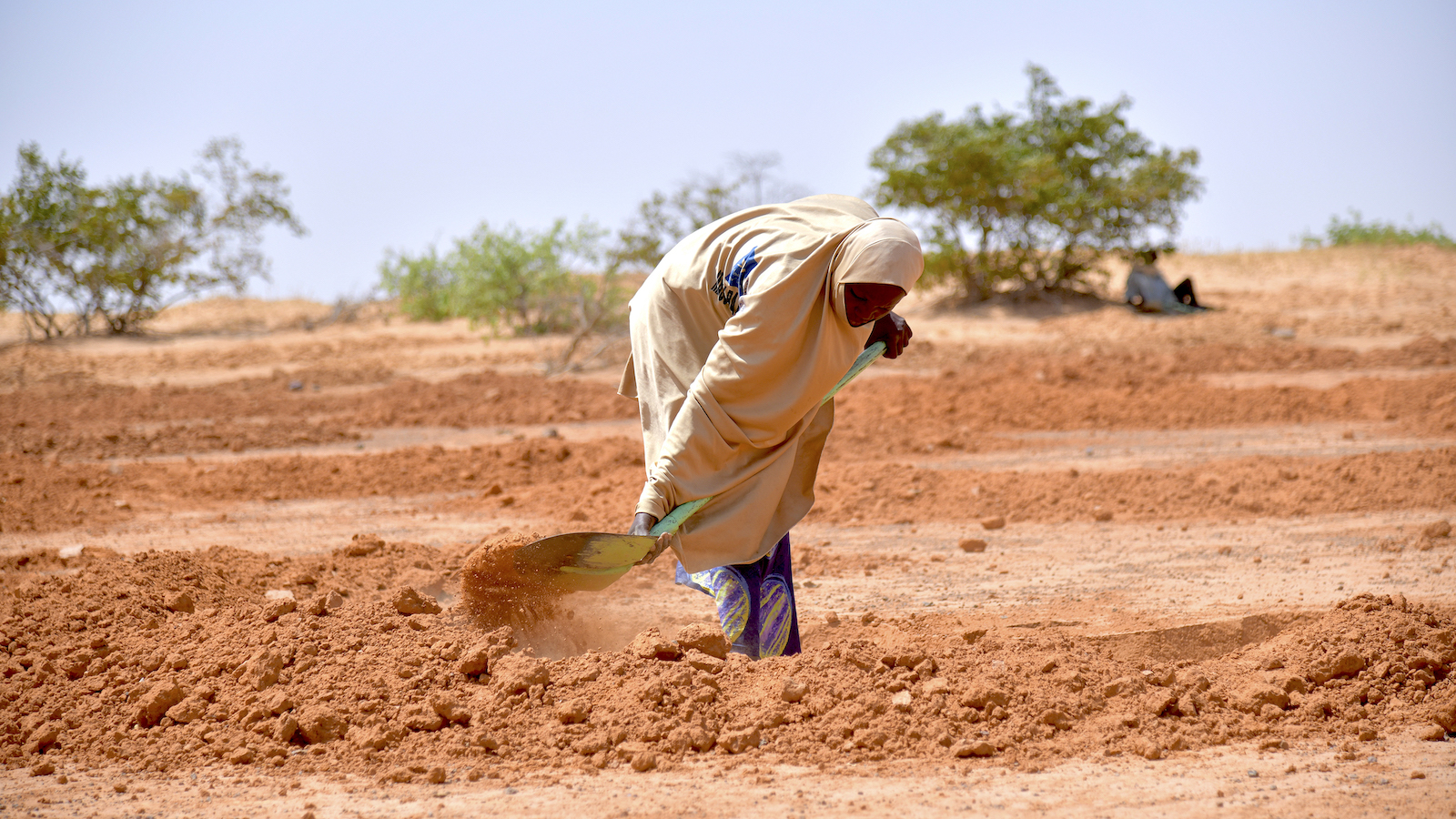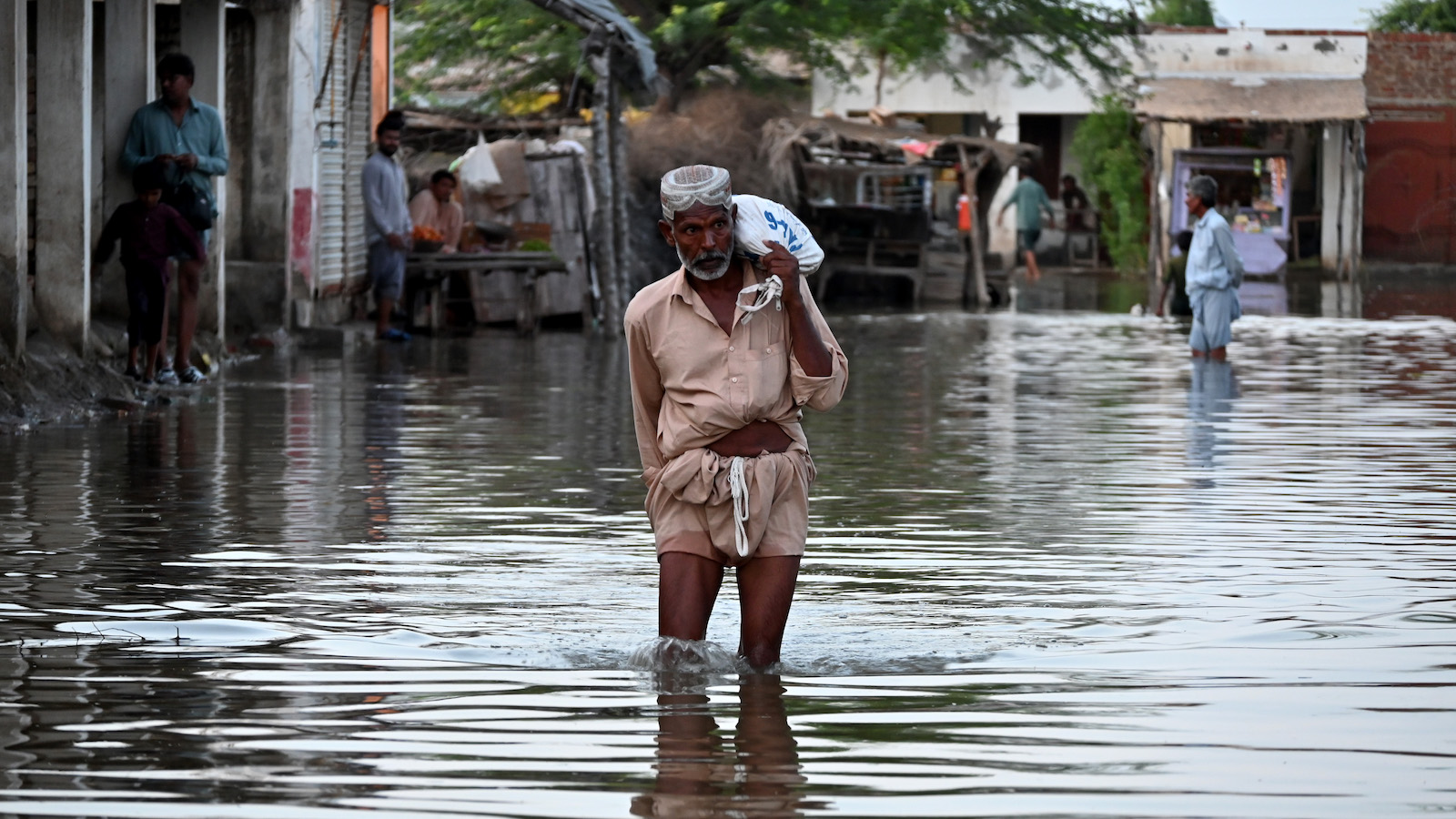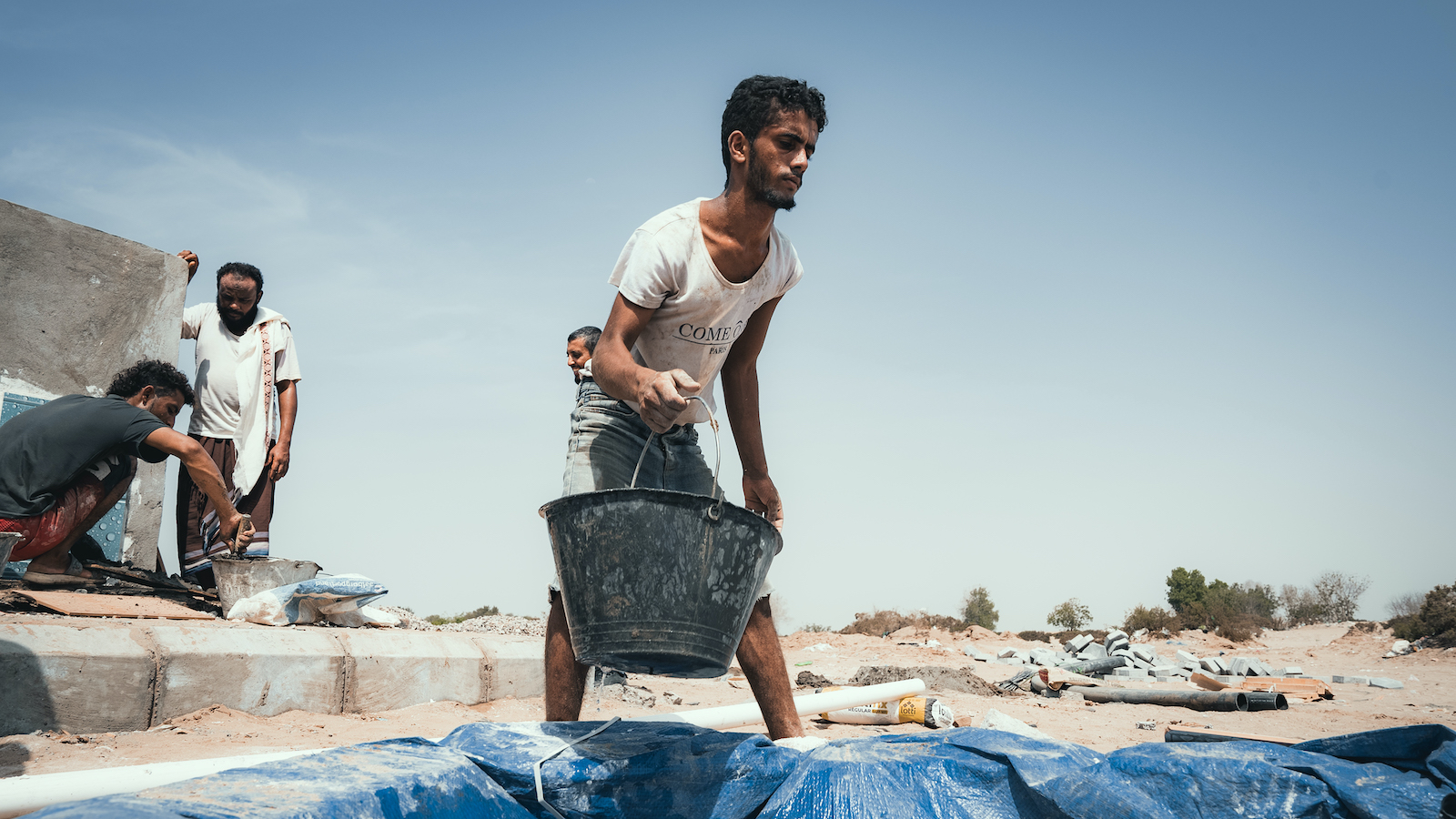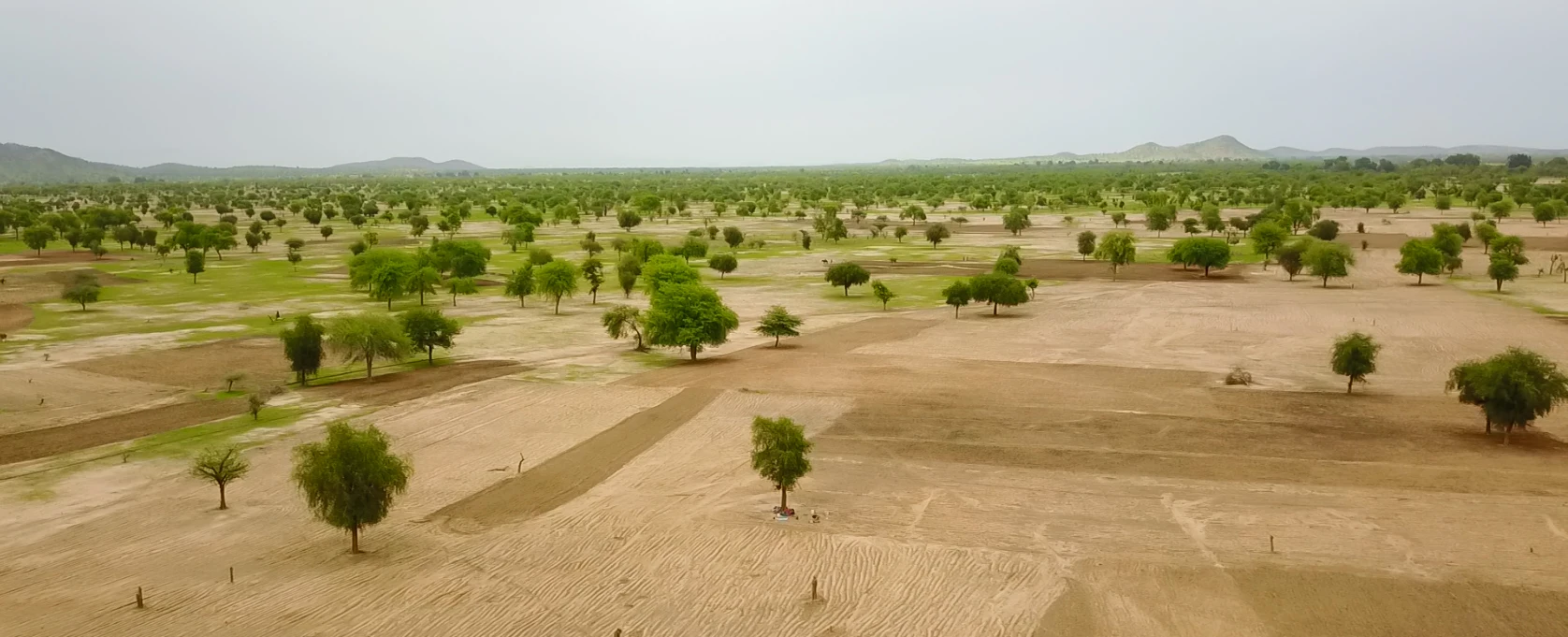A number of environmental issues are currently threatening the fight against poverty and hunger. These are the top 10.
In order to end poverty, we have to address the risks that billions of people face every year. These risks can be economic, personal, or related to larger issues like a pandemic or conflict. However, environmental issues are also among the most pressing for many people living in poverty. Natural disasters, extreme weather, and other climate events push more people into poverty and threaten the gains that have been made.
But what’s at the heart of these crises? Here, we take a look at ten of the biggest environmental issues behind many of these challenges.
1. Greenhouse gases
Greenhouse gases trap heat from the sun as it passes through Earth’s atmosphere. There are some natural greenhouse gases, such as water vapor and carbon dioxide (CO2). Carbon dioxide is one of the three largest greenhouse gases.
But many greenhouse gases have been added to the atmosphere, creating a massive heat trap, and many come from human activities and industries. This is especially true of the other two most common greenhouse gases, methane and nitrous oxide. Over time, these gas emissions have created a massive heat trap.
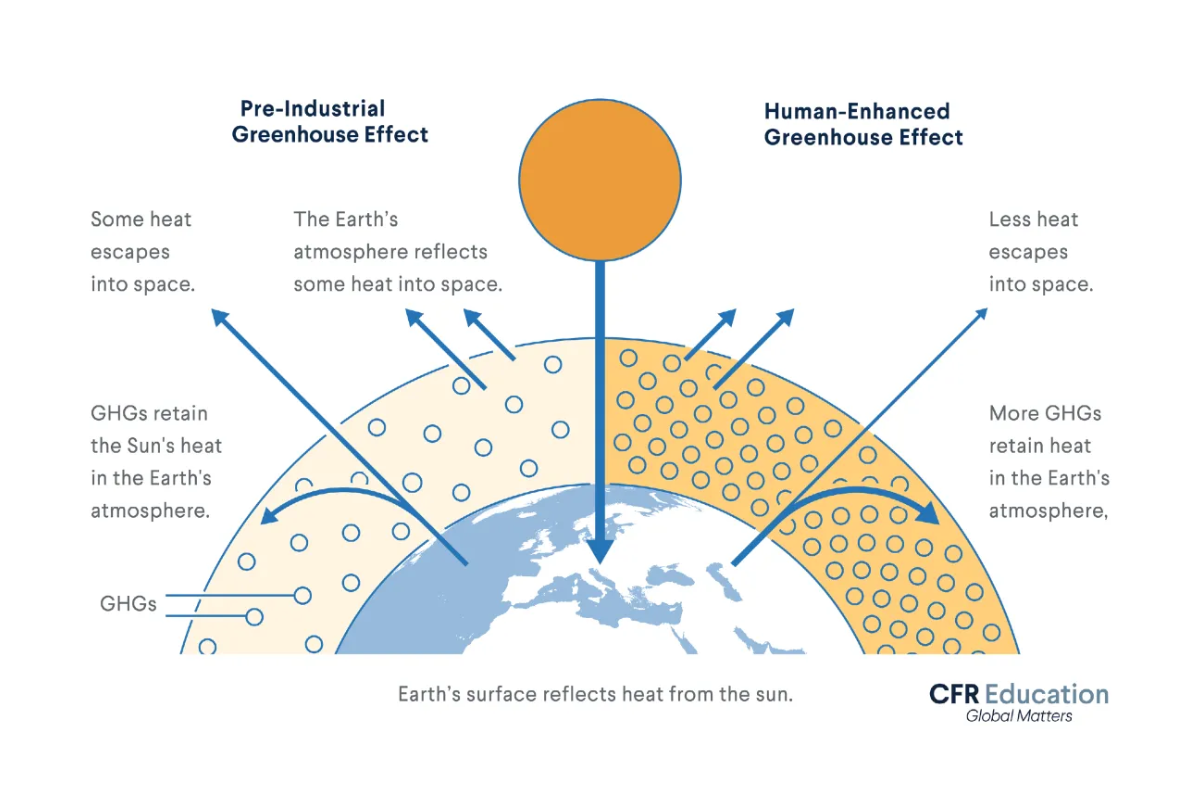
2. Fossil fuels
Burning fossil fuels — coal, oil, and natural gas — produces two of the most common greenhouse gases (carbon dioxide and nitrous oxide). The problem with this is that, for more than a century, we’ve increasingly relied on burning these fuels.
3. F-gases
As people worked to reduce emissions, fluorinated gases (also known as F-gases) became more popular. Use in Europe doubled between 1990 and 2014. However, they’re still greenhouse gases. According to the European Commission, the global warming effect of F-gases is as much as 23,000 times greater than that of carbon dioxide.
You may not be familiar with hydrofluorocarbons (HFCs), perfluorocarbons (PFCs), and nitrogen trifluoride (NF3). However, they play an invisible role in our day-to-day lives. Nitrogen trifluoride is used in the LED light bulbs and flat-panel screens. HFCs power refrigerators and air conditioners, as well as fire extinguishers, aerosols, and heat pump equipment. PFCs are a standby in the electronics, cosmetic, and pharmaceutical industries.

4. Deforestation
Trees help to regulate the climate, absorbing the atmosphere’s CO2. Estimates vary, but a mature tree can absorb up to 47 lb of CO2 each year. In that same amount of time, a hectare of forest can offset the CO2 produced by the average car’s annual mileage.
The problem: When they’re cut down, the carbon that trees have absorbed is released back into the atmosphere. They’re obviously also not there for the next year or the next. Since 1990, the global forest has shrunk by over 200 million acres. In 2011, 61 countries signed onto the Bonn Challenge, which pledged to restore 420 million acres of degraded forests by 2030. However, progress has been slow.
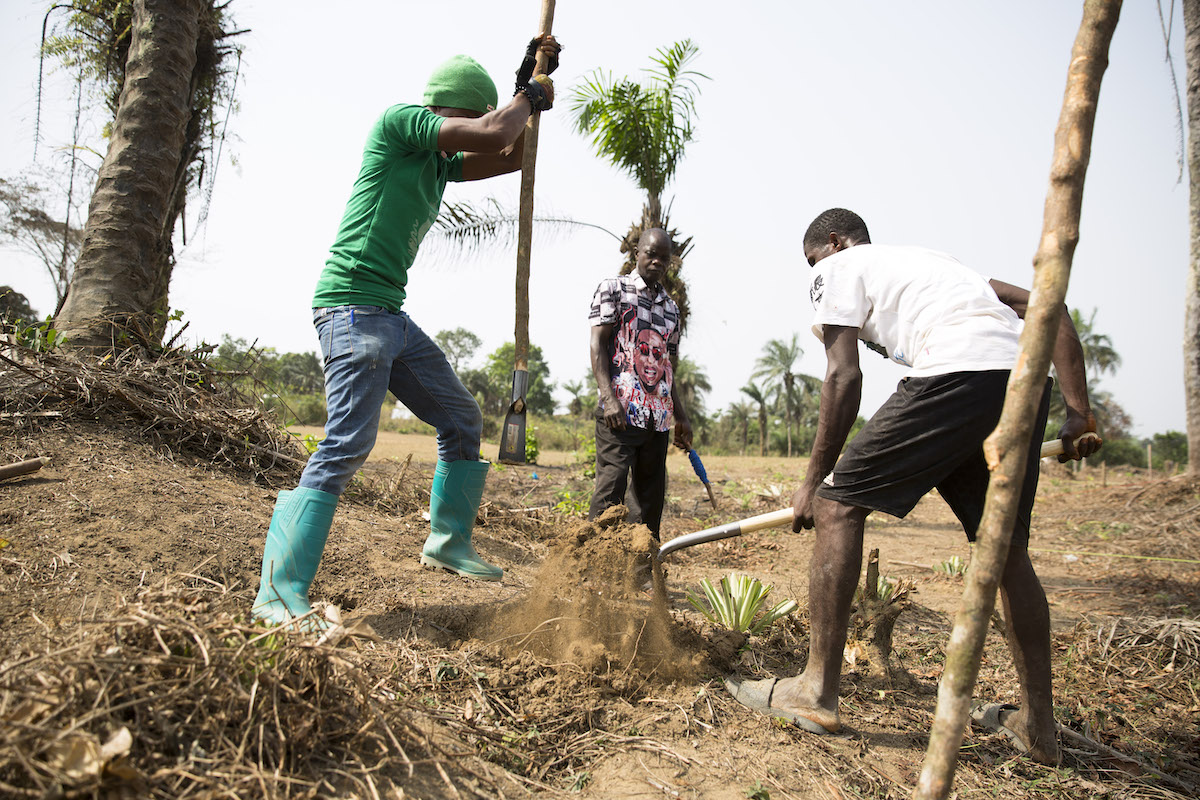
5. Agriculture-related greenhouse gases
Agricultural activities are a key source of income and food for hundreds of millions of people around the world, but some practices (especially in the last century) have also made it a large contributor to greenhouse gas emissions.
Increased livestock farming has resulted in an increase of methane gases. Both cows and sheep produce methane while they digest their food. According to the University of California at Davis, cattle are the number one producer of greenhouse gases for the global agriculture industry. While methane has a shorter shelf-life than carbon dioxide, it’s much more damaging when it comes to warming the atmosphere.
While the carbon footprint of livestock is high, fruits and vegetables don’t get off scot-free. Synthetic fertilizers that contain nitrogen have been used to produce more crops, and faster than natural fertilizers like manure and ground bone (which have been used for millennia). However, these fertilizers also produce nitrous oxide emissions. According to one MIT report, “Although nitrous oxide accounts for only a small fraction of worldwide greenhouse gas emissions, pound for pound, nitrous oxide warms the planet 300 times as much as carbon dioxide.”With better farming practices (like Climate Smart Agriculture and natural fertilizers) and a reduction in meat consumption, these emissions can be reduced.
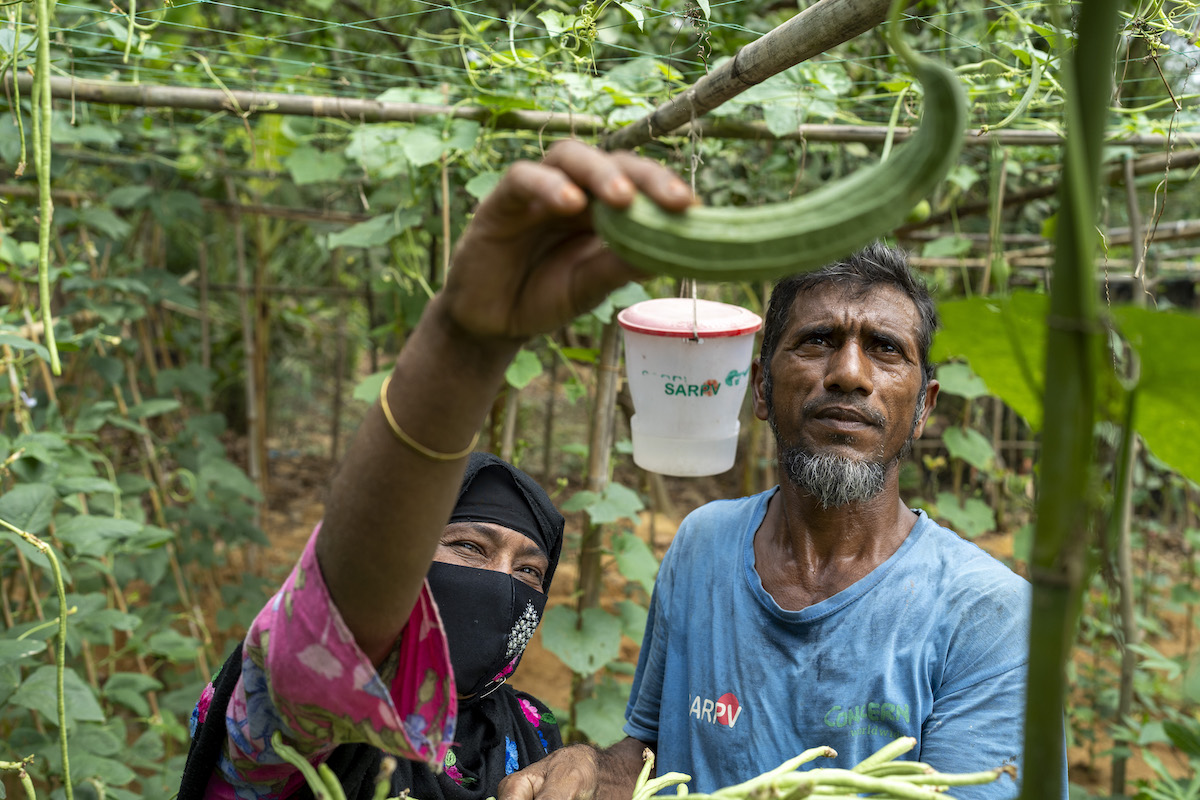
6. Soil degradation
One of the reasons synthetic fertilizers have become popular is because soil quality has gone down, with the UN estimating that 40% of the world’s soil has degraded, making it virtually unusable. The UN also notes that land absorbs about 30% of carbon emissions, which accelerates the degradation process. Droughts are also a factor here, and we are seeing an increase in both the frequency and impact of those, including the recent Horn of Africa drought.
With the Horn of Africa crisis, we saw the price of land degradation at scale, with increases in hunger, water scarcity, and economic losses. On a global level, land degradation is estimated to cause a loss of $40 trillion of ecosystem services each year — roughly half the global GDP. That said, investing in land restoration is a proven solution: investing in this could lead to $140 trillion in savings.
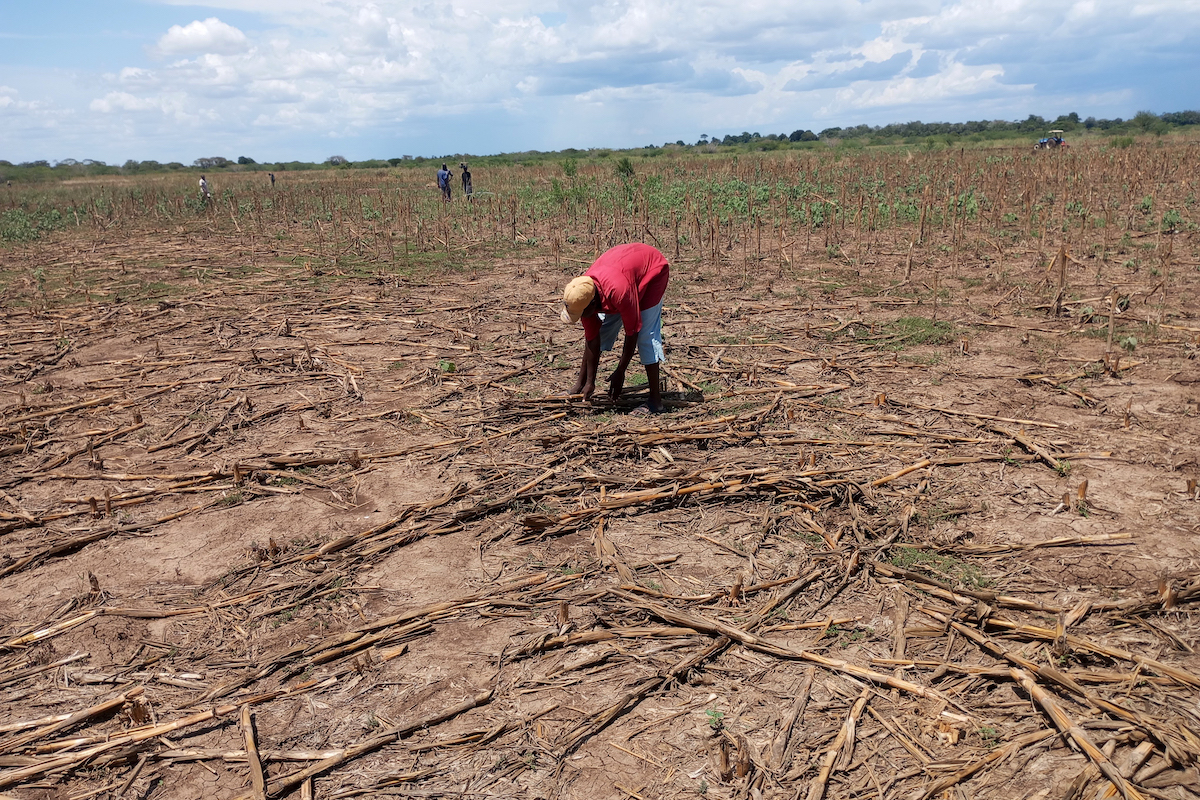
7. Biodiversity
Biodiversity runs our world. It’s what accounts for our food, water, medicine, and the industries behind them (not to mention everything else that is produced with some input from living beings, which is basically everything — half of the global GDP is dependent on nature). However, in 2025, our global biological diversity is under threat, due to many of the issues noted above.
A loss of biodiversity is one of the major consequences of these issues. Land degradation, development, and deforestation all lead species native to certain ecosystems with fewer places to live and the growing prospect of extinction. It also means that farmers who rely on the land to produce crops may find their harvests diminishing over time, or the land rendered completely unusable. “Halting and reversing biodiversity loss and the stabilization of the climate system go hand in hand,” says Astrid Schomaker, Executive Secretary of the Convention on Biological Diversity.
8. Air pollution
Air pollution is an environmental issue in both urban and rural areas. In fact, the World Health Organisation says that 99% of the global population breathe in air that exceeds guideline limits on pollutants, with low- and middle-income countries “suffering from the highest exposures.”
This is obvious in large cities where traffic, industry, and power outputs all have an impact on the air quality. However, rural communities also suffer, particularly those that use fires to cook and burn off crop residue at the end of a harvest (an especially common practice in rice paddies).
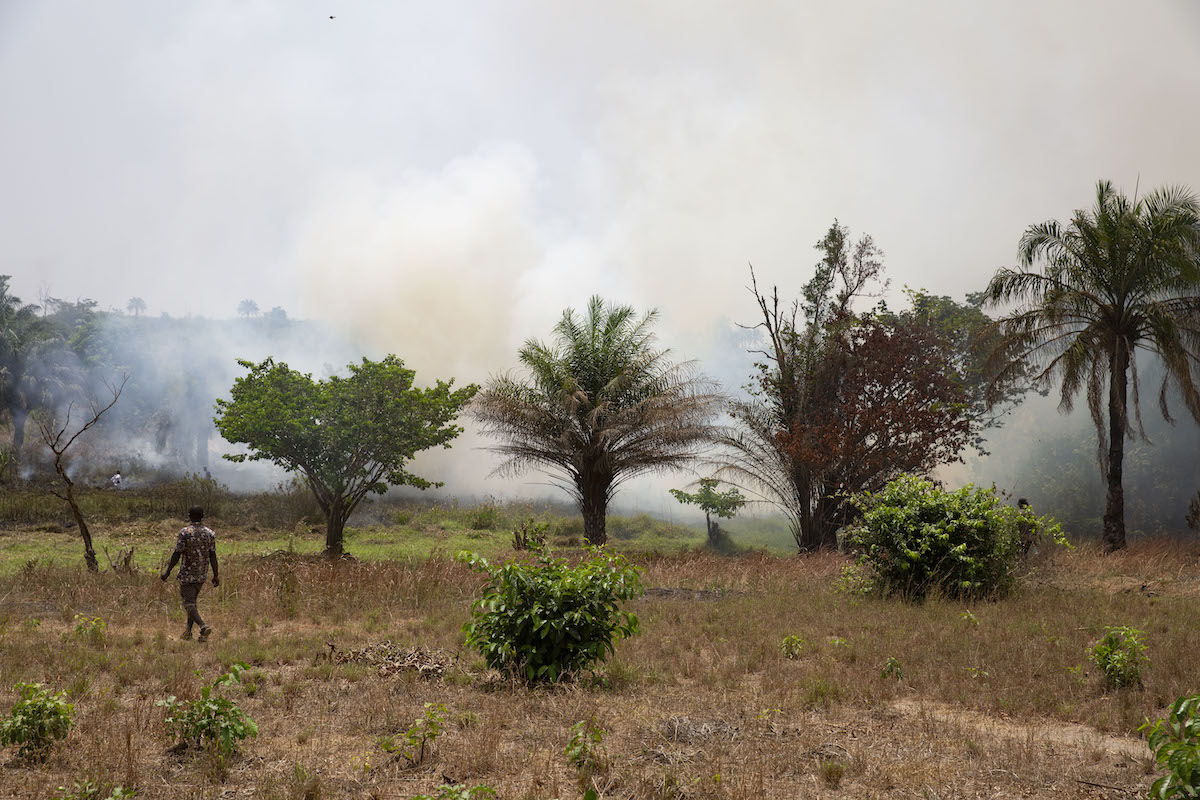
9. Water scarcity
In 2023, the UN’s World Water Development Report revealed that 2 billion people (26% of the world’s population) don’t have access to safe drinking water. Additionally, 3.6 billion people (46% of the global population) don’t have access to adequate sanitation. A lack of access to adequate water, sanitation, and hygiene (also known as WASH) affects fully half of the world every month.
The growing lack of clean water could newly-displace 700 million people by 2030, to say nothing of the millions who have already had to leave home in search of better water sources (or those who remain at home but suffer the lack in other ways).
» Learn more about the global water crisis, what’s causing it, and what solutions are currently in place
10. Rising sea levels
Another water-related environmental issue happens when there’s too much. Flooding is the largest natural disaster our world faces today, and its effects are made even worse by sea level rise, which is estimated to impact 1 billion people worldwide (roughly 13% of the global population).
The World Economic Forum and NASA report that last year was an especially accelerated one, with a rise of 5.9 mm — 37% higher than the estimated rise of 4.3 mm. This is amid years of unprecedented rise, leading the WEF to categorize this (and environmental change at large) as the third-biggest threat to the world for the coming decade. Bangladesh is among the countries most affected by this, with 10% of the country at just one meter above sea level and 70% of the country flooded each year.
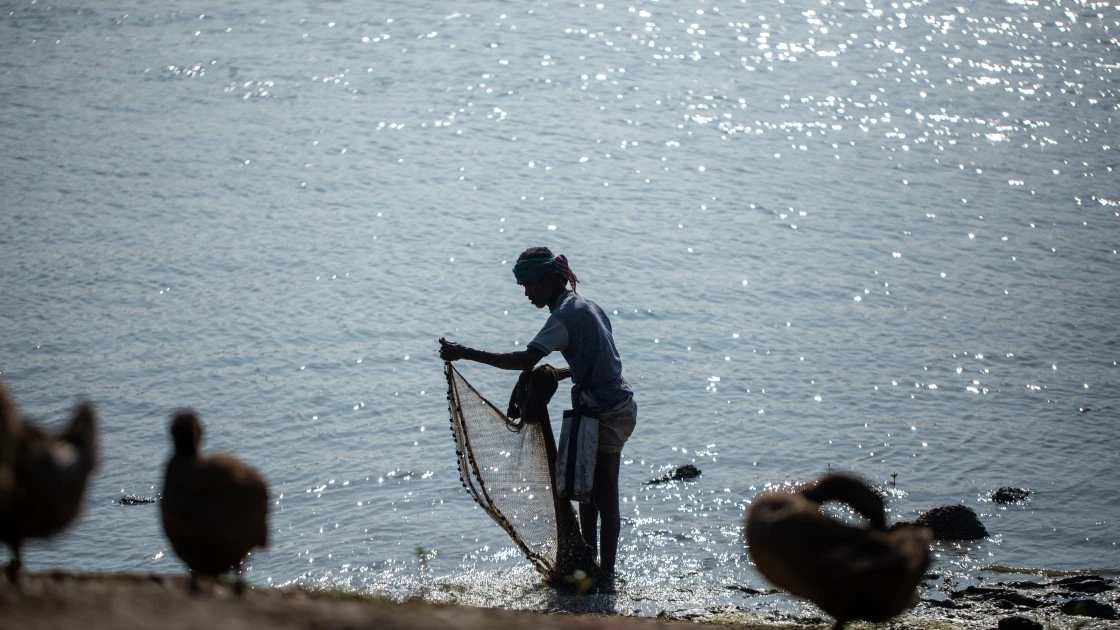
Climate risks and extreme weather: Concern’s response
Many of the countries where Concern works are, in one way or another, struggling with climate risks and natural disasters. We find nature-based solutions that protect, sustainably manage, and restore natural or modified ecosystems to address societal challenges.
We promote eco-friendly farming techniques, such as Climate Smart Agriculture, that are tailored to local environments. CSA is shown to improve food security and nutrition, while helping communities to sustainably manage water and other natural resources. Concern is committed to rolling out CSA to 600,000 farmers as part of our strategic plan, while also supporting the African Union to roll out CSA to 6 million farmers across the continent.
Concern is also a leader in Disaster Risk Reduction (DRR), which protects the lives and livelihoods of the communities and families that are most vulnerable when extreme weather events strike. Whether the crisis is caused by nature or humans (or a combination of both), DRR limits its negative impact on those who stand to lose the most by helping people to anticipate, survive, and recover from disasters more effectively.

